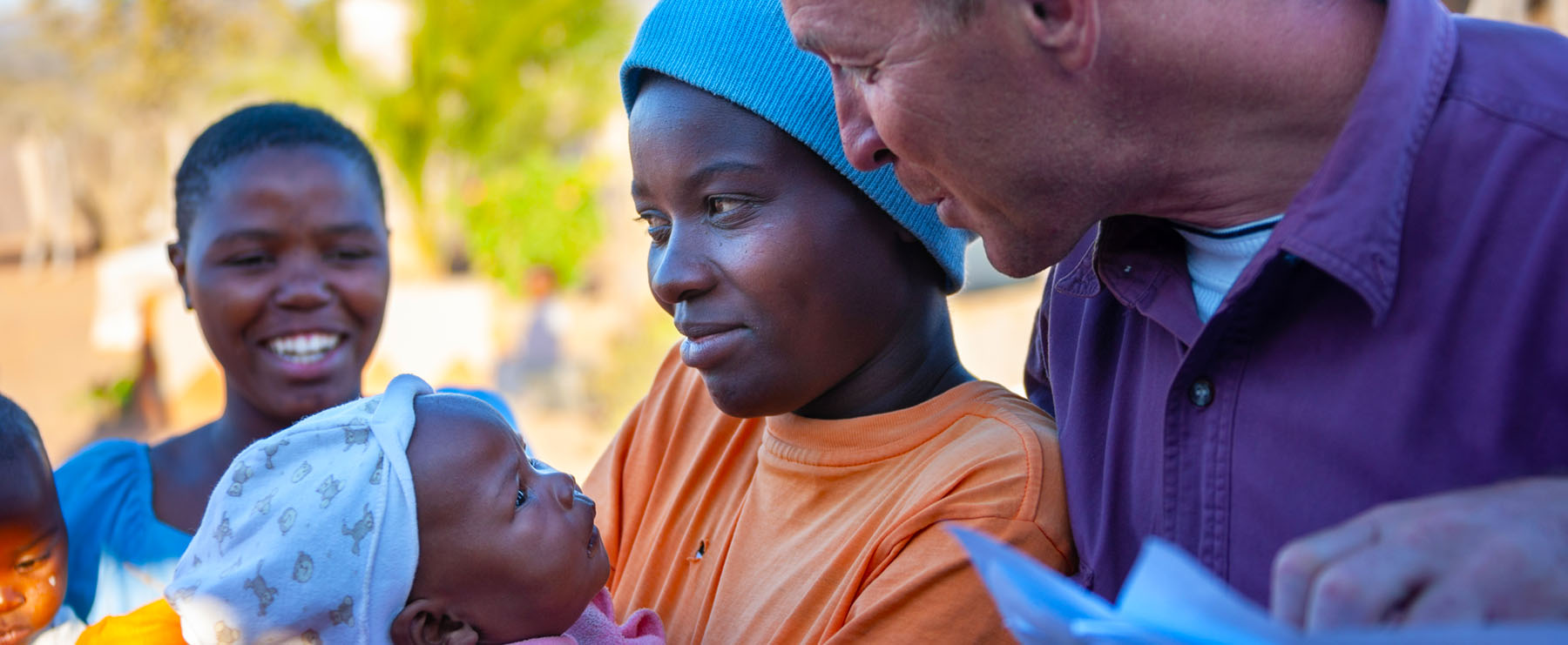In June of this year, Development Initiatives released their annual “Global Humanitarian Assistance Report” for 2021. In the Executive Summary, DI states “In 2020, the Covid-19 pandemic gripped the world, compounding existing needs and fuelling new crises. Millions more people became in need of humanitarian assistance, and the number of UN humanitarian appeals rose by more than half (from 36 in 2019 to 55 in 2020). Yet, international humanitarian assistance has flatlined for a second consecutive year.”
One of the continuing trends relates to displaced populations. Primarily these displaced peoples are either refugees (including people in refugee-like situations) and internally displaced persons. The numbers of displaced people worldwide grew for the ninth consecutive year in 2020, with many in enduring situations of displacement requiring long-term humanitarian assistance, as options for safe return home remain closed. However, the numbers displaced in 2020 may be even higher as the Covid-19 pandemic impeded data collection while fear of infection may have deterred some people from seeking emergency protection and shelter.
A couple of stats to put it in perspective:
- In 2020, the total number of displaced people increased to 82.1 million, by 3.4% (2.7 million) from a total of 79.5 million in 2019.
- Three fifths (58%, or 48.0 million people) of this total were people forcibly displaced internally; 32% were refugees (26.3 million)
Displaced people are often among the most vulnerable to shocks. They are consequently particularly at risk from the impacts of the Covid-19 pandemic, in living conditions often lacking access to water, sanitation, and health facilities – which increases risks of infection and of dying if the virus is contracted.
Sub-Sharan Africa again had the largest number of displaced people, as the trend seen in recent years of an increasing concentration of the global displaced population in this region continued in 2020. The number of displaced people in sub-Saharan Africa continued to grow in absolute terms, rising by 2.8 million from 2019 to 28.9 million (a 11% increase) in 2020, and as a proportion of all those displaced globally, up from 33% in 2019 to 35% in 2020. Driving this growth in sub-Saharan Africa was the increase of 2.6 million in the number of internally displaced people.
The promise of the Sustainable Development Goals (SDGs) is to ‘leave no one behind’, yet people caught up in protracted crises are often those furthest left behind. Given the risk that crisis-affected populations will be left even further behind, effective action is needed to address the root causes of crises, combining immediate emergency assistance with longer-term investments to reduce risks and vulnerabilities and sustain peace.
LightWaterLife sustainable life kits provide immediate emergency assistance while long-term investments and strategies are established. Our mission is to empower people with the basics of life. We are passionate about everyone having access to clean drinking water, light from the darkness, protection from disease, and, most importantly, hope for a better future. A step towards ensuring that we ‘leave no one behind.’
Source: Global Humanitarian Assistance Report 2021 – Development Initiatives


